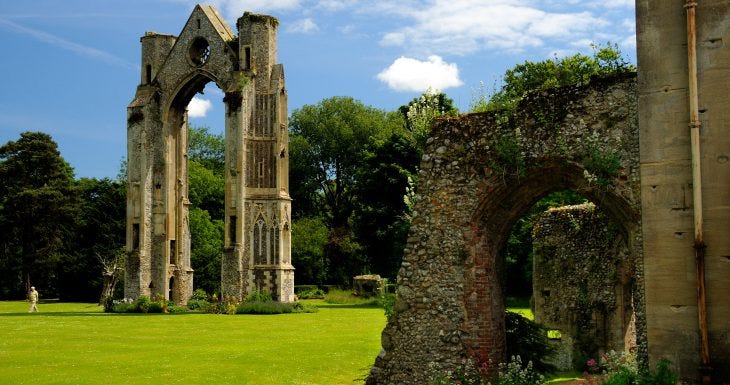The World Modernity Ended
Folkloric reading from a Fenland field
I’m spending this week on my annual holiday from the Internet, in a field in the East of England with no laptop and almost no phone reception. Since we arrived a few days ago I’ve read multiple books, and I want to tell you about three that take different cuts at the consciousness caesura that England underwent with the onset of modernity.
Keep reading with a 7-day free trial
Subscribe to Mary Harrington to keep reading this post and get 7 days of free access to the full post archives.


